AI chatbots are transforming the way we interact with technology. These digital assistants leverage artificial intelligence to provide instant, personalized responses to user queries, enhancing both efficiency and user experience. As our reliance on digital communication grows, AI chatbots have become integral to customer service, e-commerce, and even healthcare.
In today's fast-paced world, the ability to get quick and accurate answers is invaluable. AI chatbots offer this by being available 24/7, capable of handling numerous queries simultaneously without fatigue. This capability is a game-changer for businesses looking to improve customer satisfaction while reducing operational costs.
This article delves into what AI chatbots are, how they function, and the myriad benefits they bring. Whether you're a business owner considering integrating a chatbot or simply curious about this technology, you'll find valuable insights here.
What is an AI Chatbot?
An AI chatbot is a software application designed to simulate human conversation. These bots use artificial intelligence, specifically natural language processing (NLP) and machine learning, to understand and respond to user inputs. They can communicate through text, voice, or even images, making interactions seamless and intuitive. For instance, when you ask a customer service bot about your order status, it comprehends your query, searches the database, and provides a relevant response—all within seconds.
Types of AI Chatbots

AI chatbots come in two main types: rule-based and AI-powered.
Rule-based chatbots follow predefined paths and use specific commands to respond to user inputs. They are ideal for simple tasks like answering FAQs but are limited in handling complex queries.
AI-powered chatbots, on the other hand, use machine learning to understand and respond to a broader range of questions. These bots learn from each interaction, improving their accuracy and efficiency over time.
A popular example of an AI-powered chatbot is Apple's Siri, which can perform a variety of tasks from setting reminders to answering complex questions.
History and Evolution
The journey of chatbots began in the 1960s with ELIZA, one of the first chatbots created by Joseph Weizenbaum at MIT. ELIZA used pattern matching and substitution methodology to simulate conversation, which was groundbreaking at the time. Fast forward to today, and we have sophisticated AI chatbots like OpenAI's GPT-3, capable of generating human-like text based on context.
The evolution of AI chatbots has been driven by advancements in computing power, machine learning algorithms, and access to vast amounts of data. These developments have enabled chatbots to become more intuitive, efficient, and integral to various industries.
How AI Chatbots Work
Natural Language Processing (NLP)
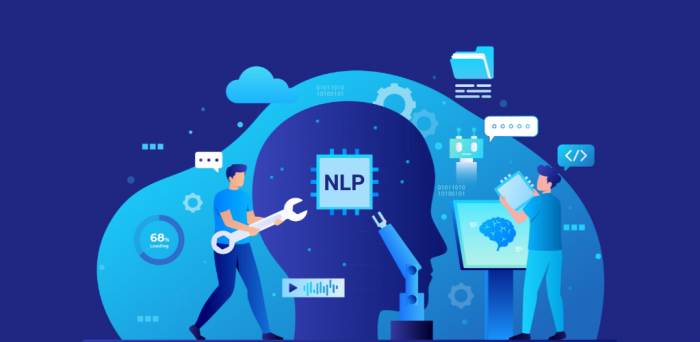
At the heart of AI chatbots is Natural Language Processing (NLP), a branch of artificial intelligence that enables machines to understand, interpret, and respond to human language. NLP involves several processes, including tokenization, part-of-speech tagging, and named entity recognition. For instance, when you type a question into a chatbot, NLP breaks down the sentence to understand the context and intent behind your words.
NLP has advanced significantly in recent years. According to a 2020 report by Grand View Research, the global NLP market size was valued at $10.72 billion and is expected to expand at a compound annual growth rate (CAGR) of 18.4% from 2021 to 2028. This growth underscores the increasing importance of NLP in developing more sophisticated and effective AI chatbots.
Machine Learning
Machine learning (ML) is another crucial component that empowers AI chatbots. ML algorithms enable chatbots to learn from past interactions, recognize patterns, and improve over time. This self-learning capability allows chatbots to handle more complex queries and provide more accurate responses.
For example, when you repeatedly ask a chatbot similar questions, it learns from these interactions to provide better answers in the future. According to a McKinsey report, companies that leverage machine learning in customer service can improve customer satisfaction by up to 30%. This improvement is due to the chatbot's ability to offer faster, more accurate responses.
Integration with Systems
AI chatbots are most effective when integrated with existing systems and platforms. This integration allows them to access and retrieve information quickly, making interactions more seamless and efficient. Common integrations include customer service software, e-commerce platforms, and social media channels.
For example, a chatbot integrated with a company's CRM system can access customer data to provide personalized responses. This integration not only enhances the customer experience but also streamlines business operations. A Salesforce study found that 69% of consumers prefer to use chatbots for quick communication with brands, highlighting the importance of seamless system integration for a positive user experience.
By combining NLP, machine learning, and system integration, AI chatbots can offer a highly effective and efficient way to handle a wide range of tasks and queries, providing significant value to both businesses and consumers.
Benefits of AI Chatbots
Enhanced Customer Service

AI chatbots revolutionize customer service by being available 24/7. They can handle numerous queries at once, ensuring that no customer is left waiting. For instance, when you visit a website and see a chat window pop up offering help, that’s an AI chatbot ready to assist. According to a Gartner report, by 2022, 70% of white-collar workers will interact with conversational platforms daily, highlighting the growing reliance on chatbots for customer support.
Cost Efficiency
Implementing AI chatbots can significantly reduce staffing costs. Instead of hiring additional customer service representatives, businesses can deploy chatbots to handle routine inquiries. A report by Juniper Research suggests that chatbots will help businesses save over $8 billion per year by 2022, compared to just $20 million in 2017. This reduction in operational costs makes chatbots a cost-effective solution for businesses of all sizes.
Improved User Engagement
AI chatbots enhance user engagement by providing personalized interactions. They can remember past interactions and use this information to tailor their responses. For example, if you’ve previously asked a chatbot about travel destinations, it might later suggest relevant travel deals. This personalization fosters a more engaging and satisfying user experience. A study by PwC found that 82% of consumers and business buyers want personalized experiences, which chatbots can deliver efficiently.
Data Collection and Analysis
AI chatbots are excellent tools for gathering user data. They track and analyze user interactions to identify patterns and preferences. This data is invaluable for businesses looking to improve their products and services. For instance, if a chatbot frequently receives questions about a particular product feature, the business can use this insight to enhance that feature. According to Salesforce, 75% of customers are willing to share personal data if they receive something in return, such as personalized offers or experiences, which chatbots can facilitate.
Scalability
AI chatbots can easily scale to handle increasing numbers of interactions as a business grows. Unlike human agents, chatbots can manage a surge in queries without a drop in performance. For example, during peak shopping seasons, an e-commerce site can rely on chatbots to manage the influx of customer inquiries. This scalability ensures consistent service quality regardless of demand.
Accessibility
AI chatbots enhance accessibility by supporting users with disabilities and offering multilingual support. They can be programmed to understand and respond in various languages, making services more inclusive. For example, a chatbot on a global company's website can assist users in their preferred language, breaking down communication barriers. According to the World Health Organization, over 1 billion people, or about 15% of the world's population, live with some form of disability. AI chatbots can help make digital interactions more accessible to this significant demographic.
AI chatbots bring numerous benefits to businesses and users alike, from enhancing customer service and reducing costs to improving engagement and accessibility. As technology continues to advance, the capabilities and advantages of AI chatbots will only grow, making them an indispensable tool for modern businesses.
Real-world Applications

Customer Support
AI chatbots are revolutionizing customer support across industries. Companies like Amazon and Netflix use chatbots to handle customer inquiries, troubleshoot problems, and provide personalized recommendations. According to IBM, businesses spend over $1.3 trillion on 265 billion customer service calls each year. AI chatbots can significantly reduce these costs by handling simple queries and freeing up human agents to tackle more complex issues.
E-commerce
In e-commerce, chatbots are enhancing the shopping experience. They assist customers in finding products, making recommendations based on past purchases, and tracking orders. For instance, H&M uses a chatbot on its website to help customers choose outfits based on their style preferences. A study by Juniper Research predicts that by 2023, chatbots will drive $112 billion in retail sales, demonstrating their growing influence in the sector.
Healthcare
The healthcare industry benefits immensely from AI chatbots. These bots can provide patients with medical information, schedule appointments, and even offer mental health support. Woebot, for example, is a chatbot that provides cognitive-behavioral therapy to users. Research from MarketsandMarkets projects that the global healthcare chatbots market will reach $314.3 million by 2023, up from $122 million in 2018, highlighting their increasing adoption.
Banking and Finance
In banking and finance, chatbots are used to handle customer inquiries, assist with transactions, and provide financial advice. For example, Bank of America’s chatbot, Erica, helps customers with tasks like checking account balances, making payments, and offering financial guidance. According to Business Insider, banks using chatbots can save up to $7.3 billion globally by 2023, due to the reduction in operational costs and improved efficiency.
Education
Educational institutions are also leveraging AI chatbots to enhance learning and administration. These chatbots can answer student queries, assist with enrollment processes, and provide tutoring in various subjects. Georgia State University, for instance, uses a chatbot named Pounce to guide students through the enrollment process, which has helped reduce summer melt by 22%. This application not only improves student engagement but also streamlines administrative tasks.
AI chatbots are making significant strides in various real-world applications, transforming industries by improving efficiency, reducing costs, and enhancing user experiences. As their capabilities continue to evolve, we can expect even broader adoption and innovation across different sectors.
Challenges and Considerations

Limitations of AI Chatbots
While AI chatbots are powerful, they have limitations. Human language is complex and nuanced, making it challenging for chatbots to understand and respond accurately to every query. For example, chatbots might struggle with ambiguous or slang language. Despite advancements, they can't yet fully replicate the depth of human understanding and empathy. According to a study by AI Multiple, about 61% of users prefer human agents over chatbots for complex customer service issues, highlighting the need for further development.
Privacy and Security
Privacy and security are significant concerns with AI chatbots. They handle vast amounts of personal data, which can be a target for cyberattacks. Ensuring robust data protection measures is crucial. For example, GDPR compliance is essential for chatbots operating in the European Union, requiring businesses to handle user data responsibly. A report by the Ponemon Institute found that the average cost of a data breach is $3.86 million, emphasizing the importance of stringent security measures.
Implementation Costs
The initial setup and training of AI chatbots can be costly. Developing a sophisticated chatbot requires significant investment in technology and expertise. Additionally, maintaining and updating the chatbot to keep it relevant and effective adds to the costs. According to an IBM study, the cost of implementing a high-quality AI chatbot can range from $30,000 to $150,000. While these costs can be justified by long-term benefits, they can be a barrier for smaller businesses.
User Acceptance
Gaining user acceptance can be a challenge for AI chatbots. Some users may resist interacting with chatbots, preferring human interaction. Ensuring that chatbots provide a human-like experience is crucial for acceptance. For example, a chatbot that mimics human conversation styles and responds empathetically can improve user satisfaction. A study by PwC revealed that 59% of consumers feel companies have lost touch with the human element of customer experience, suggesting a need for more human-like chatbot interactions.
Despite these challenges, AI chatbots continue to evolve and improve. Addressing limitations in language comprehension, enhancing privacy and security measures, managing implementation costs, and focusing on user acceptance are crucial for maximizing the benefits of AI chatbots. By overcoming these hurdles, businesses can harness the full potential of chatbots to enhance efficiency and user experience.
Conclusion
AI chatbots have become an integral part of modern technology, offering numerous benefits such as enhanced customer service, cost efficiency, improved user engagement, and scalability. They are revolutionizing various industries, including customer support, e-commerce, healthcare, banking, and education, by providing quick, accurate, and personalized responses to user queries.
However, it's essential to recognize the challenges and considerations associated with AI chatbots. They still have limitations in understanding complex human language, and issues around privacy and security need to be meticulously addressed. The initial implementation costs can be high, and gaining user acceptance remains a significant hurdle.
Despite these challenges, the future of AI chatbots looks promising. As technology continues to advance, we can expect even more sophisticated and capable chatbots that can better understand and interact with humans. Businesses that invest in AI chatbots today are likely to see significant returns in efficiency and customer satisfaction in the long run.


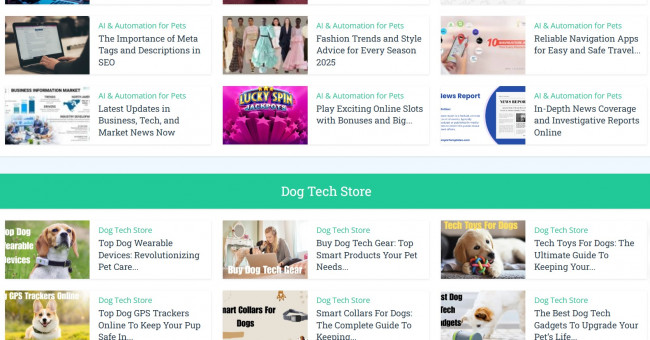
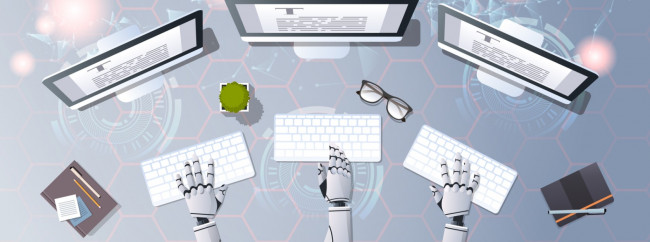
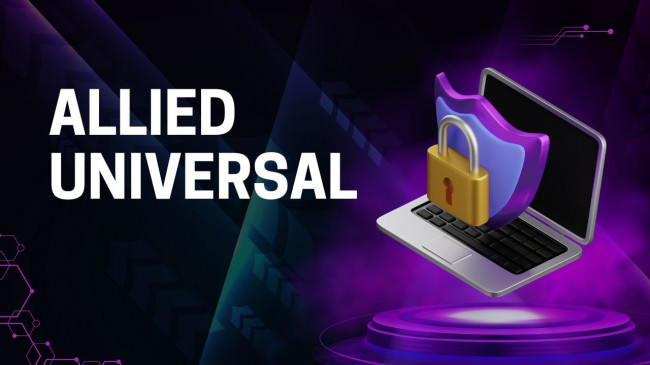


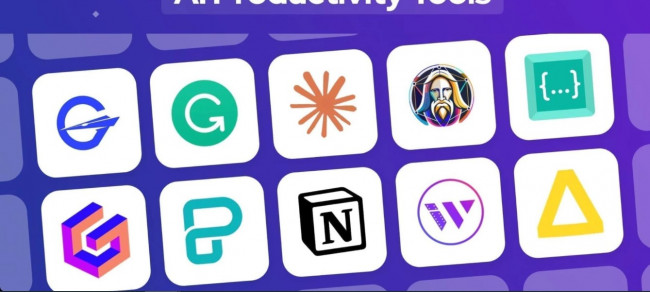
Comments